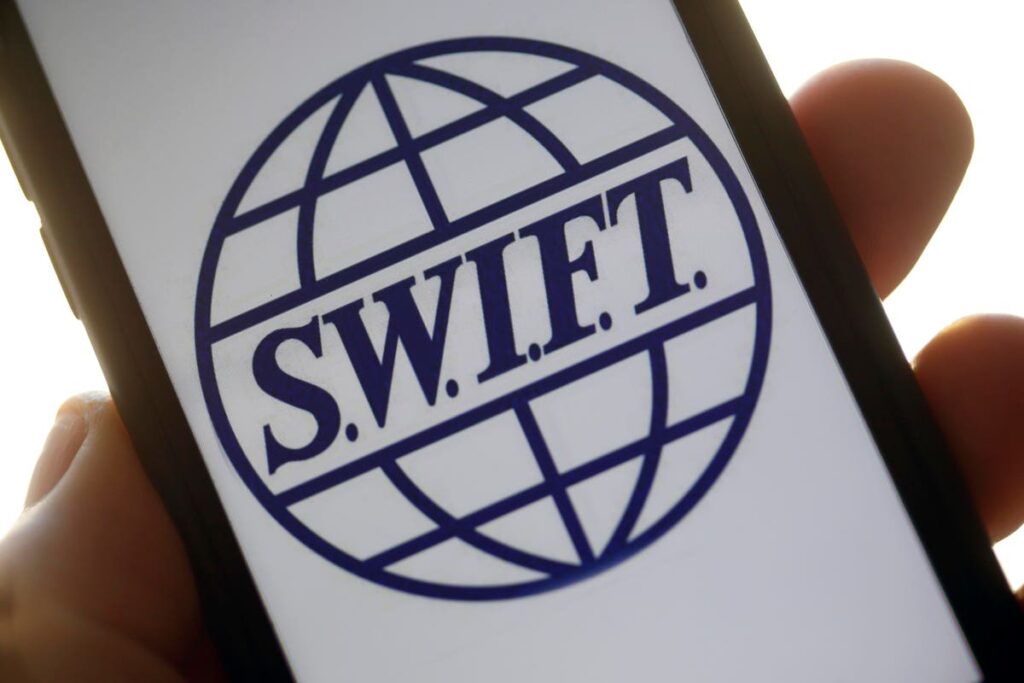The paramountcy of the SWIFT interbank messaging network to cross-border payments can be measured in many ways, and SWIFT itself likes to do so with its data on transaction numbers and amounts. For instance, as of December 2022, Swift had recorded an average of 44.8 million FIN messages (payments and securities transactions) per day during the year, a year on year rise of 6.6%.
And of course, SWIFT serves as the primary interbank messaging service for financial institutions globally. It works with 11,000 member institutions and facilitates $150 trillion in transactions per year.
Not too shabby for the supposed creaky and slow incumbent that is ripe for fintech-driven disruption, right?
We do not mean to imply that SWIFT is perfect. Far from it – and then some – but in the financial services industry, where trust and reliability reign supreme, it is not easy to disrupt the primary interbank messaging network. After all, it is one thing to build a faster and more efficient alternative to SWIFT. It is another to rally all the banks to join that alternative and use it instead of SWIFT. And then there is the matter of costs.
This helps to explain why supposed SWIFT disruptors are not – at least not yet – a genuine threat to the Belgium-based organization.
Startups Building Alternative Rails
If a cross-border payments startup wanted to attract VC attention, it might just say it aimed to challenge SWIFT. In the go-go days of low interest rates and easy money for fintech startups, this was not uncommon.
To be sure, some alternative rails have been successful, from Rapyd and Ripple to Wise and Airwallex. But if you do a bit of digging, you sometimes find that they still work with SWIFT. Wise, for instance, says on its blog it uses the interbank messaging network to send money to South Africa, Japan, and US dollars to countries around the world. “But Wise works to reduce those costly intermediary fees. And makes it clear when there may be fees to you. Upfront. So there aren’t any nasty surprises,” the blog post says.
For its part, B2B cross-border payments startup Airwallex has been successful. It is valued at $5.5 billion and is processing around US$50 billion in annualized transactions. That said, its valuation did not increase last October despite the company raising another $100 million, reflecting sobering fintech investor sentiment.
About 7% of Airwallex’s transactions go through SWIFT, but that could go up in the future, according to the company’s executives. Whereas in 2020, Airwallex executives were calling for broad disruption of global cross-border payments, as the company matures, they are realizing that there are benefits to working with SWIFT. “I wouldn’t say the company’s vision is to replace SWIFT,” CEO Jack Zhang said in an interview last year, adding that he sees Airwallex as “more complementary to the SWIFT network.”
Thailand-based blockchain remittance startup Lightnet, on the other hand, has been unequivocal about its intention to replace SWIFT. In the heady days of the last cryptocurrency bull market, after raising $31 million a series A round, Lightnet said in a statement that it is “well-positioned to replace the decades-old, inefficient SWIFT system and unreliable underground banking.”
We will believe when we see it.
Interoperability challenges in Asia
Outside of the startup community, central bankers have been active in Asia building bilateral real-time cross-border payment rails that make it possible to send retail payments internationally using just a mobile number. In theory, these rails could become an alternative to SWIFT for small payments.
Progress has been rapid. The May 2021 linkage of Singapore and Thailand’s respective QR code-based real-time retail payment systems, PayNow and PromptPay, was the first of its kind globally. A month later, Thailand and Malaysia completed the first phase of the connection of their respective PromptPay and DuitNow systems. PayNow and DuitNow will be linked in phases. Further, Singapore linked PayNow to India’s United Payments Interface (UPI) in February.
The Indonesian, Malaysian, Philippine and Singaporean central banks signed a general agreement on payment connectivity in November 2022 in Bali. In March, the Bank for International Settlements (BIS) said it would work with the central banks of those five nations to connect their national payment systems through a cross-border payment gateway. However, it is unclear when this project will come to fruition.
Achieving greater regional connectivity – which already exists using SWIFT – will be more challenging than bilateral deals. The five countries will need to align their respective regulations on these payment solutions in order to build a truly interconnected regional payments ecosystem.
Further, the system will probably only cover the largest payment corridors in Southeast Asia. Smaller economies in the region and poorer countries may lack the underlying infrastructure to participate. In Myanmar’s case, geopolitical risks exist that would make it hard for the country to be part of a broader regional cross-border payments system.
SWIFT adapts
One positive development from SWIFT’s rising competition is that the organization has had impetus to address some of the consistent pain points of its services. For instance, in 2021 it launched SWIFT Go for low-value cross-border payments in the SME segment. Because this is a SWIFT initiative, it was not hard to get banks to sign on: About 600 lenders in 120 countries are currently part of the network. 85% of the payments made on SWIFT Go are reportedly completed in three minutes or less.
Meanwhile, cognizant of rising interest in blockchain-based payments, SWIFT has been busy testing an interoperability solution to enable domestic central bank digital currencies (CBDCs) for cross-border payments. It recently ran 12 weeks of successful sandbox simulations with the French, German and Singaporean central banks as well as 15 commercial banks. SWIFT’s role in the initiative is to offer a hub for the interlinking solution in which messages are sent between parties. CBDCs never leave their domestic networks.
The next step is a beta phase. Meanwhile, the sandbox will focus on different use cases, such as settlement of securities transactions, trade finance and conditional payments.
In a May commentary, two finance experts at the Atlantic Council in Washington, D.C. make the case for rejuvenating rather than replacing SWIFT. Noting SWIFT’s advantages of incumbency, such as its network of 11,000 banks, they point out that “SWIFT can build on a system that the world already relies upon instead of creating something new from scratch. Think of it like an individual customer—why switch to a whole new bank if my current one is going to offer all the same features?”
Read the full article here













